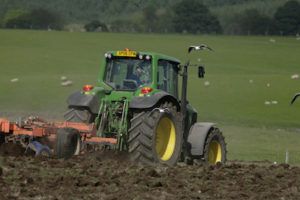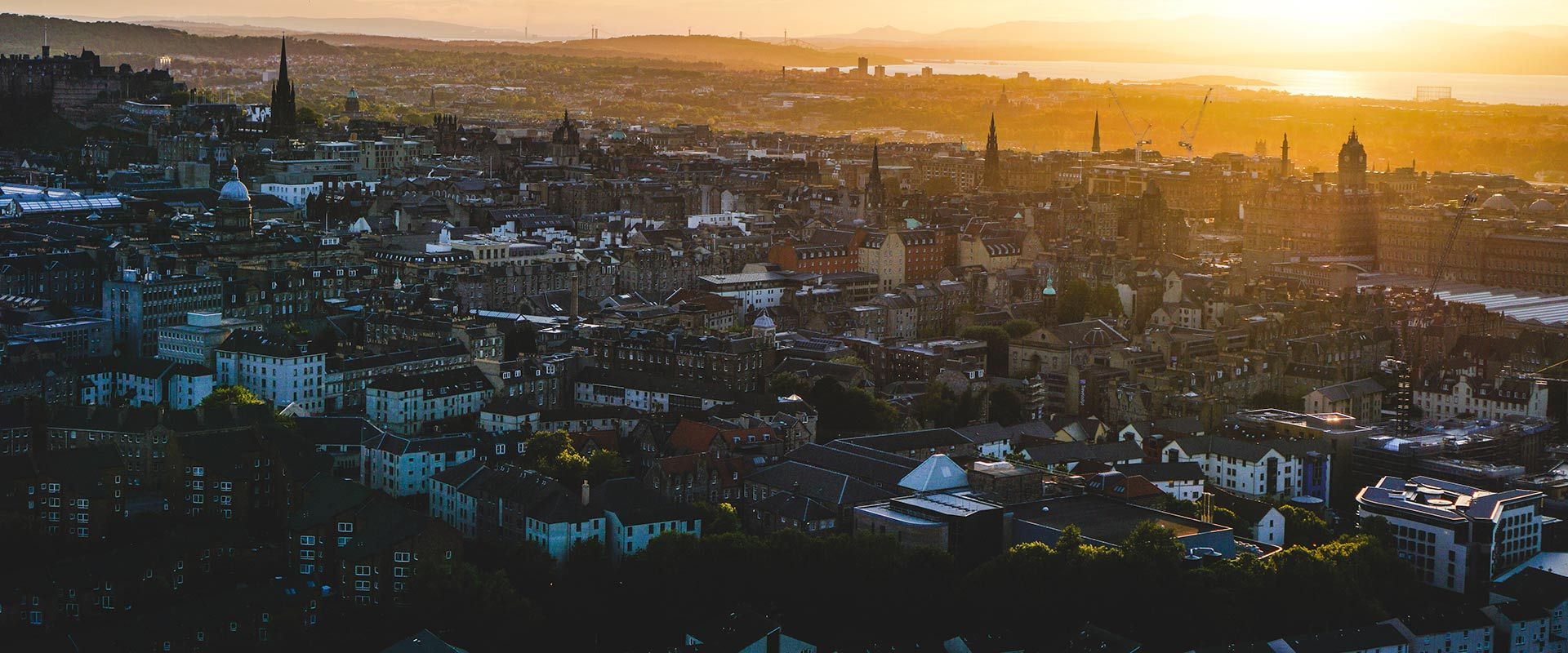 By Jim Densham, Senior Land Use Policy Officer at RSPB Scotland and Chair of SCCS’ Policy and Advocacy Group.
By Jim Densham, Senior Land Use Policy Officer at RSPB Scotland and Chair of SCCS’ Policy and Advocacy Group.
Nitrogen is plant food. Give a dose of nitrogen fertiliser to a field of wheat, an apple tree or a football pitch and it will grow and produce the food we eat or allow a ball to skip over the pitch into goal.
Nitrogen is a good thing, but you can have too much of a good thing, and nitrogen is no different. Nitrogen itself is not a greenhouse gas*; it’s the most abundant gas in the earth’s atmosphere.
The problem starts when we take it from the air and put it in chemical form using an industrial process which burns large amounts of fossil fuel. When in chemical form the nitrogen is ready to use as a fertiliser or for industry, but it is also highly mobile and can easily pollute rivers, lochs and seas. This hidden form of pollution is causing massive environmental problems like algal blooms, and dead zones in the oceans.

When too much nitrogen fertiliser is spread on fields, the surplus can’t be absorbed by crops or plants and breaks down in the soil releasing nitrous oxide (N2O), a greenhouse gas 300 times more powerful than CO2. It’s a serious issue for farming which is the main source (81%) of this climate pollution in Scotland .
Less than half of farmers in Scotland properly plan how much fertiliser they need to use but if they did it would easily cut N2O emissions and save them money. So too much nitrogen is double trouble for the climate because of the CO2 emissions from its manufacture, and when too much fertiliser is spread and lost as nitrous oxide.
Food waste is also another nitrogen-related problem for our climate. When food decomposes it produces methane, another powerful greenhouse gas. The valuable nitrogen in the food is also lost unless it’s recycled. This waste of food means we are constantly growing too much food, using too much fertiliser, made from too much fossil fuel. It’s time we addressed this vicious circle by creating a more circular and less wasteful society – recycling and composting food and farm wastes, and looking after our soils.
Understanding the amount of nitrogen Scotland uses is the first step in planning this circular and less wasteful economy, and for cutting emissions from fertiliser manufacture, fertiliser spreading and food waste. To do this, the Scottish Government needs to employ experts to study how much nitrogen we use in Scotland, how it is used, and pinpoint how much ends up as pollution or within waste.
Ultimately, this better understanding would give Government confidence to design a Nitrogen Budget – a suite of fair policies which help to cut pollution and waste, and national targets for reducing fertiliser imports. A Nitrogen Budget for Scotland can help us cut emissions, make the countryside a cleaner, greener place, and make us more self sufficient in growing our own food.
Nitrogen is a good thing, but too much is bad for the climate, for our natural environment and for rural businesses. That’s why we in Stop Climate Chaos Scotland are calling for Scotland’s new Climate Change Act to be ambitious and forward thinking and introduce a Nitrogen Budget for Scotland.


